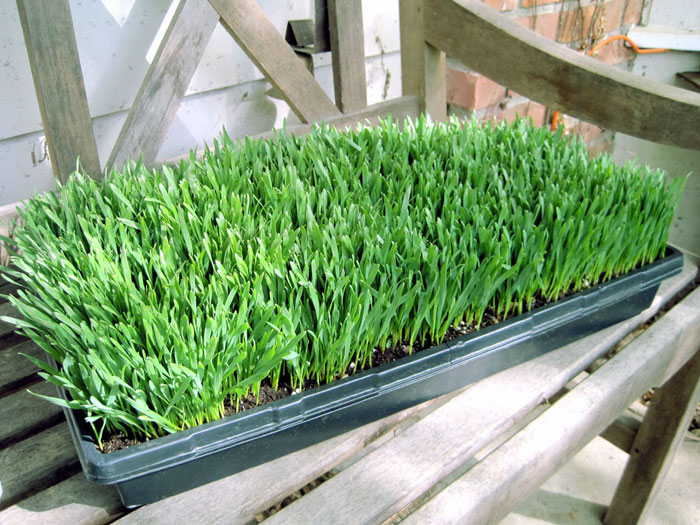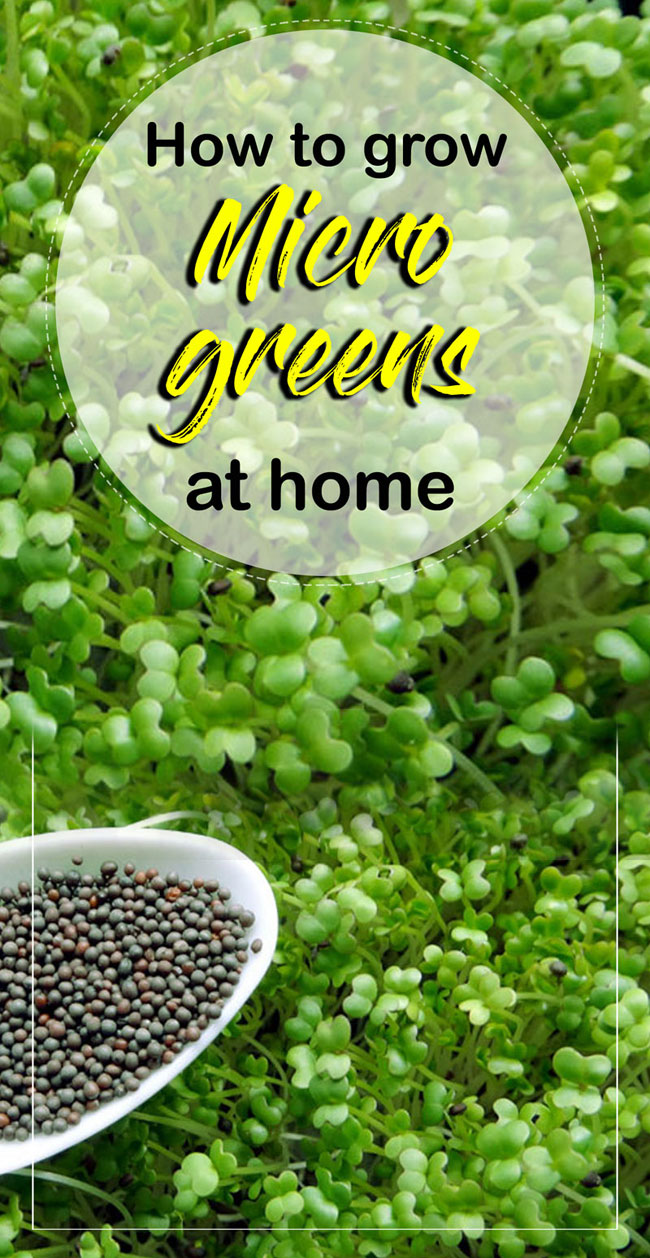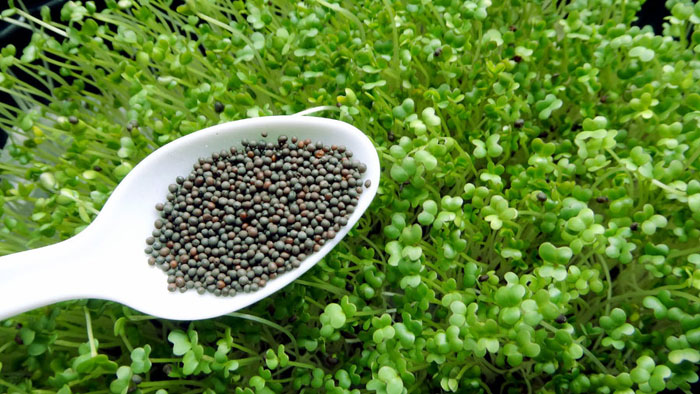Microgreens
Learn How to Grow Microgreens at home, Growing Microgreens, The benefits of developing micro greens, Plants for microgreens. Microgreens are similar to one type of sprouts, but they require soil and sunlight to grow. Nature Brings are sharing their information about how to grow microgreens and care.
What are Microgreens?
Today, the people of the whole country are aware of sprouts, we all know how healthy it is. After coming in the form of sprouts, the seed develops the first root and later as an infant plant. Sprouts are a germinated seed, seeds first drinking water and microgreens are grown in the soil.
At the time of germination of seeds, cotyledon or seed level first emerges in soil (the cotyledon is part of the embryo inside the seed). In order to develop the plant through this photosynthesis, initial feeding is given, to obtain energy, to provide the actual food for the plant. The next step is to develop the microgreens plant.
When germination develops small roots and small leaves, you harvest it, which provides more nutritious food and more health benefits. You can add minerals to it for the growth of nutrient value and taste.
If left out microgreens, later this young seedling and then becomes a complete plant. To develop microgreens inside the house, you need a potting mix and bright light.

The benefits of developing micro greens
- Microgreens grow very rapidly, it develops in only 1 to 3 weeks, depending on which type of species you choose.
- In a small place, you can plant a lot of tiny plants. In proportion to space, you can get high yield.
- You can get the Highest Organic Greens for a very short time, without hard work and supervision.
- The place with a person living in the city is a very big problem, so this is the perfect solution. It just requires you to have bright light, shallow container, and potting mix.
- For salads, sandwiches, soups, and garnishes make you easily available in summer and winter fresh and healthy greens.
- In the sub-tropical heat, they are solutions of salad ingredients.
Plants for microgreens
Some common plants are suitable for microgreens.
Mainly used plants Spinach, kale, cabbage, mustard, lettuce, beet, radish, herbs, green, sunflower, and chia etc. Apart from this, any food plant can be technically used. Microgreens add a special flavor and attractive color to the salad, it is used in other recipes as a garnish.
Growing microgreens
Seeds
You can use any vegetable seed to start micro greens, but it is difficult to say which is tastier. However, you will know from the seed shop, which seeds are more delicious. In the seeds shop, you will easily get good seeds on the basis of taste and nutrition. However, kale, basil, and radish, etc. are some great seeds.
Soil
There is a big challenge for starting seeds that you have to honestly use potting mix or good soil. I personally advise that always use fertile soil, which will give you taste and strong chemical in greens. Well, organic options are available in every store.
Tray or container
You need a shallow tray/ container to start micro greens. You will find it very easy in garden centers and seed stores. However, these greens do not stay in these trays for a long time, so you can use plastic plates or other galvanized tub or heck instead.
Light source
The light source is very important for micro greens. You can arrange it in two types: 1. Artificial source 2 Natural light. The natural light will be found in the Sunny location or the south-facing window. You can arrange fluorescent lights for artificial sources.
Water
Microgreens require very little water, so I recommend you use a spray bottle.
You need the following things to grow micro greens
- 3-inch peat pot or other suitable pot
- Shallow Container
- Potting Mix or Other Growing Medium
- Seed
- Sunny location or Southface window
How to grow microgreens?
- To grow microgreens is the important place of light so you can choose the South Face window or the spot in which light comes in your kitchen. If the proper light comes in place of kitchen cabins and counters, then you can develop micro greens.
- Fill the potting mix in a shallow tray. Since these plants are not too much in length, and their root system is not too complicated, therefore you need very little soil. About 2 inches of soil is enough in the container.
- After filling the potting mixture in the tray spread the seeds in it.
- You are not developing any big plant, so you do not have to worry about the crowd of micro greens.
- After this you take a little soil in your hand and spread over the seeds, you do not need to cover all the seeds completely. After this, you look for the position with light.
- Press your hands lightly on the tray soil, this will set the seed to its place.
- After the entire process, you water your seedling tray. For this, you use a spray bottle because it does not require too much water. Moisten the Growing Medium from Spray.
- After a few days of seed germination, the whole tray will be filled with microgram in approximately one week. If microgreens are increasing in your tray in some irregular patterns, then you change the direction of the tray. So, all the greens can get uniform light.
Read also: How to grow beautiful Indoor Plants at home. Growing Cantaloupe in containers. Tinda growing in containers. How to grow lily in containers. Growing kidney beans in containers. Impatiens flowers growing and caring tips. jade plants growing and caring tips. Cloves plant caring guide. Pansy flowers growing guide. Zinnia growing in containers. Allamanda cathartica growing tips.
Happy gardening.
For Pin:





